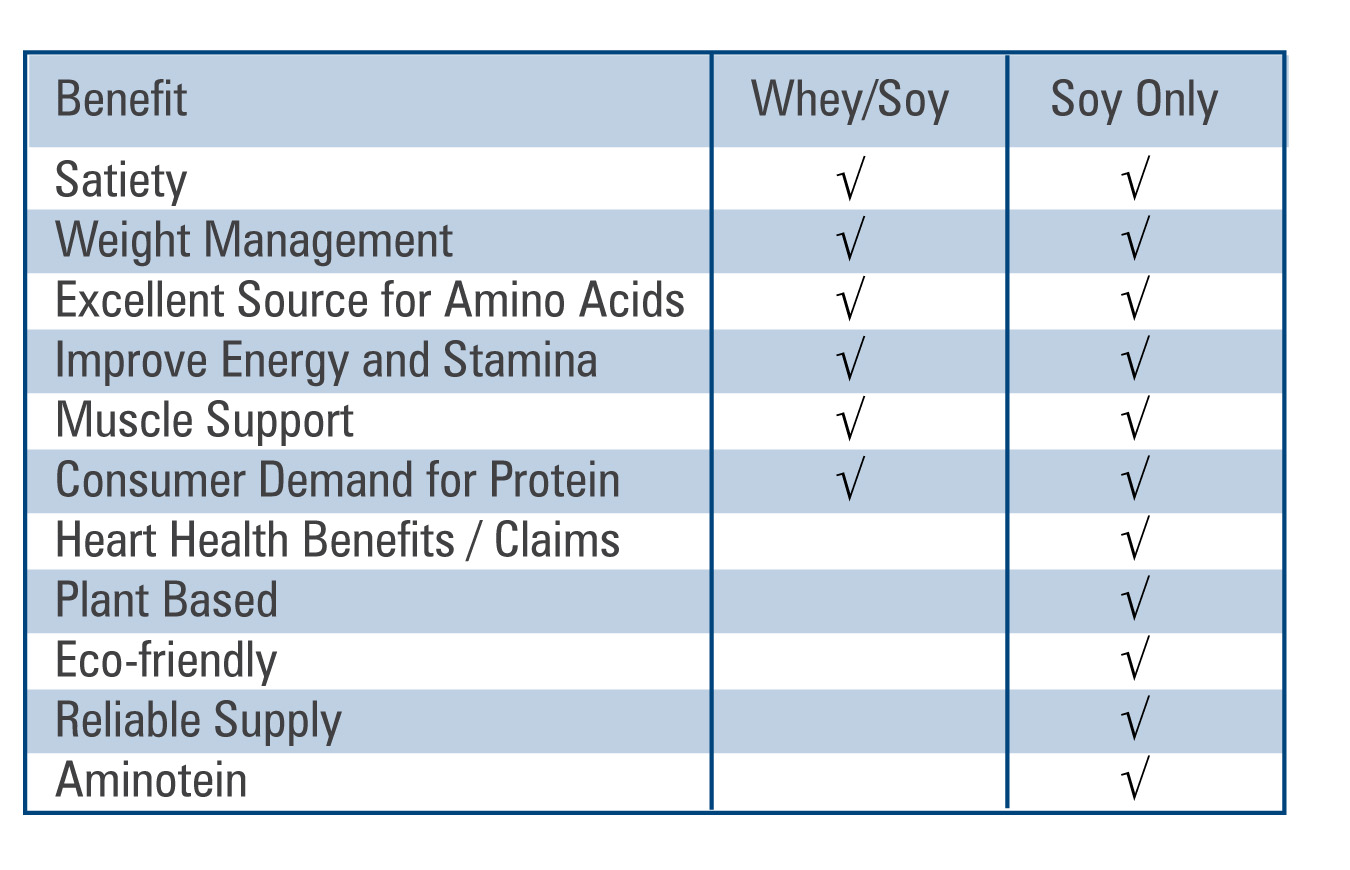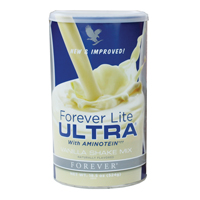Diabetes develops when the body can't use glucose properly. As a result, people with diabetes can have abnormally high levels of glucose in their blood, if the condition isn't controlled.
There are two types of diabetes, Type 1 and Type 2. Type 1 is more likely to be diagnosed in younger people, but it can develop at any age. In the UK there are about 18,000 people under the age of 18 with Type 1 diabetes. It develops when cells in the pancreas that produce insulin are destroyed. Insulin is a hormone that regulates the levels of glucose in the blood. This type of diabetes is treated with insulin injections.
Type 2 diabetes is usually diagnosed in older people - the older you are the greater the risk. However, it is increasingly being found in younger people and sometimes in children. This type of diabetes can be treated with diet and exercise alone, although people with Type 2 diabetes often need medication and they sometimes need insulin too.
Effects on health
People with diabetes can live a normal healthy life. However, poorly controlled diabetes can lead to complications such as heart disease, kidney disease, blindness and nerve problems leading to amputation.
For both types of diabetes, it's extremely important to control blood sugar levels and blood pressure, to prevent any long-term complications.
Diabetes is the third most common long-term disease in the UK, after heart disease and cancer.
Who develops diabetes?
Nobody knows for sure why people develop Type 1 diabetes, but people who have a relative with diabetes are more likely to develop the condition.
You are more likely to develop Type 2 diabetes if you:
- have a relative with diabetes (such as a parent, brother or sister)
- are overweight
- are over 40
- are of Asian or African-Caribbean origin
- have had diabetes during pregnancy
There is no guaranteed way of preventing diabetes. However, eating a healthy balanced diet, taking regular physical exercise, and losing weight if you are overweight can delay the onset of the condition.
Can diabetes be prevented?
There is no guaranteed way of preventing diabetes. However, eating a healthy balanced diet, taking regular physical exercise, and losing weight if you are overweight can delay the onset of the condition.
Diabetic products
The Food Standards Agency and Diabetes UK (formerly the British Diabetic Association) don't recommend special diabetic products.
Foods that are labelled 'diabetic' aren't necessarily healthier or more suitable for diabetics than other foods. And they tend to be more expensive than other products.
Many of the products that are labelled 'diabetic' are sweets, chocolates and biscuits. We should all avoid eating lots of these types of foods.
What should people with diabetes eat?
People with diabetes should try to maintain a healthy weight and eat a diet that is:
- low in fat (particularly saturated fat)
- low in sugar
- low in salt
- high in fruit and vegetables (at least five portions a day)
- high in starchy carbohydrate foods, such as bread, chapatti, rice, pasta and yams (these should form the base of meals) - choose wholegrain varieties when you can
There are no foods that people with diabetes should never eat. And there is no need to cut out all sugar. But, like everyone, people with diabetes should try to eat only small amounts of foods that are high in sugar or fat, or both. If you have diabetes you can eat cakes and biscuits sparingly, as part of a balanced diet.
Fruit juice is high in fructose (fruit sugar) so it can cause blood sugar levels to rise quickly. Because of this, it's best for people with diabetes to drink juice with a meal and avoid having more than one small glass a day.
If you are prone to low blood sugar (hypoglycaemia), you might sometimes need to increase your blood sugar level quickly. If you suffer from a hypoglycaemic episode, you should have some fast-acting carbohydrate, such as a sugary drink or some glucose tablets, and follow this up with a starchy snack, such as a sandwich.
Your GP or diabetes nurse can advise you on how to be prepared for hypoglycaemia, and how to manage it.



























